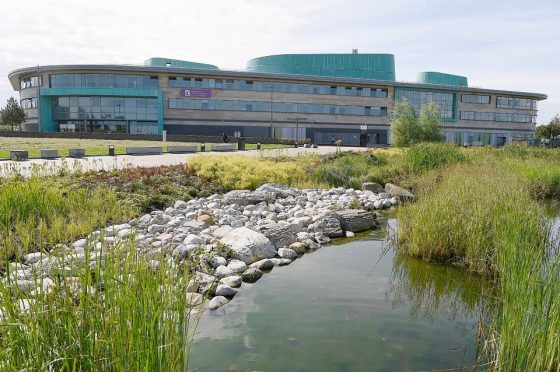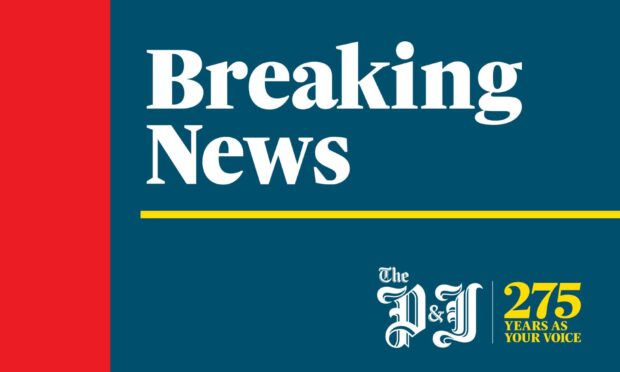Researchers at the University of the Highlands and Islands (UHI) have launched a citizen science project to identify unreported river barriers and increasing understanding of river use across Scotland.
Around 1500 barriers are thought to have been created across Scotland, with more than 225,000 across Europe in total.
These can provide energy, water, fishing and leisure opportunities, but can also present issues to ecosystems by blocking natural migration and creating potential flood hazards.
The project’s launch is part of a wider European initiative named Amber, which seeks to improve the management of man-made barriers, many of which are now obsolete, to achieve better river connectivity, aid fish migration and restore natural patterns of biodiversity.
A new smartphone app has been launched by the project to encourage members of the public to report any barriers they see. Researchers hope the information collected will help improve understanding of river fragmentation in Scotland.
Dr Lucio Marcello, researcher with the Rivers and Lochs Institute at Inverness College UHI, said: “The launch of the new AMBER Barrier Tracker App will allow us to engage people who can help improve this knowledge-base and create a complete account of barriers in Scotland and across Europe.
“There are lots of examples of where citizen science has been used to mitigate against barrier impacts and where people have made a real difference to local river stretches and their eco-systems.
“So even though the state of barriers in Scottish rivers is generally good, there are many cases where changes to or removal of barriers can make it even better.”










